$1000 camera kit challenge… What would YOU buy?
We gave Rod Lawton a $1000/£1000 budget, to see what kit he would get if he was starting out with no camera gear at all

$1000 sounds like a lot of money, but if you had to start your camera kit from scratch, from nothing, and you had a fixed budget to do it with, how would you spend it? Remember, this $1000 / £1000 is for your entire kit, not just a camera.
I'm Digital Camera World's Reviews Editor, and I’ve been reviewing, using and collecting camera kit since before digital cameras were invented, so I’ve built up a pretty good idea of what I use most, what I can’t do without and how much I ought to spend on each part of my camera system.
The rules are simple:
1) No going over-budget (well, maybe 10%, to allow for local price variations)
2) No used or hard-to-get kit. Everything has to be easily available today
$1,000/£1,000 isn’t a lot to buy EVERYTHING, so I’m going to have make some painful decisions, but that’s all part of the challenge!
In the words of the Rolling Stones:
“You can’t always get what you want
But if you try sometimes, well, you might find
You get what you need”
So here’s what I think I need… and I think this could be a very good kit for all sorts of photographers with a strictly limited budget.

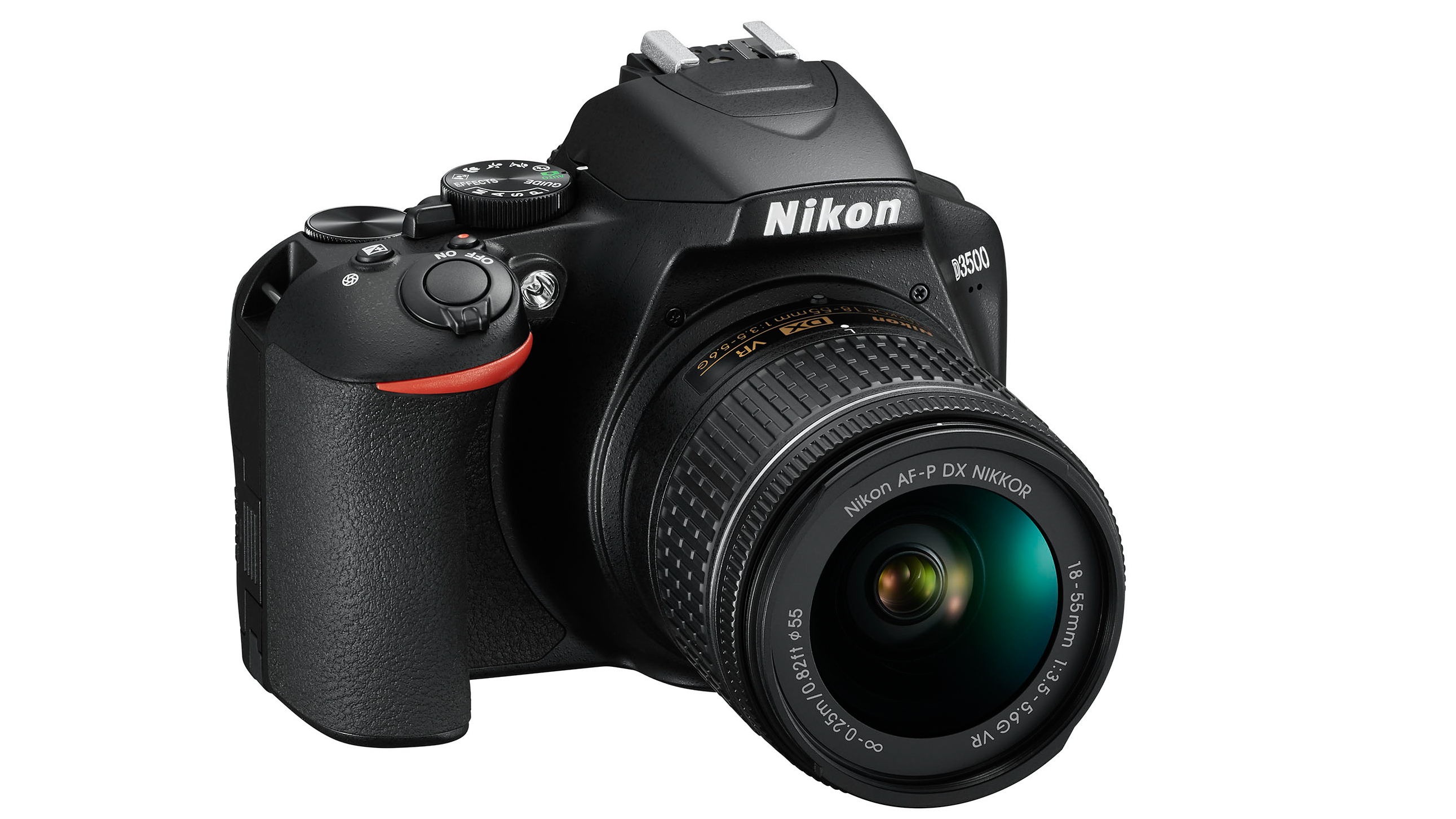
1. Nikon D3500 with AF-P 18-55mm f/3.5-5.6 VR lens
Why you can trust Digital Camera World
The Nikon D3500 is Nikon’s most basic entry-level DSLR, but there’s nothing basic about its excellent 24-megapixel APS-C sensor, or the results you can get from this camera if you use it properly. When you choose a kit lens, make sure you get the retracting AF-P 18-55mm lens, and make sure it’s the VR version. It’s a very decent kit lens and it retracts down to a smaller size for packing and travel.
Why this? You can’t get a better camera at this price.

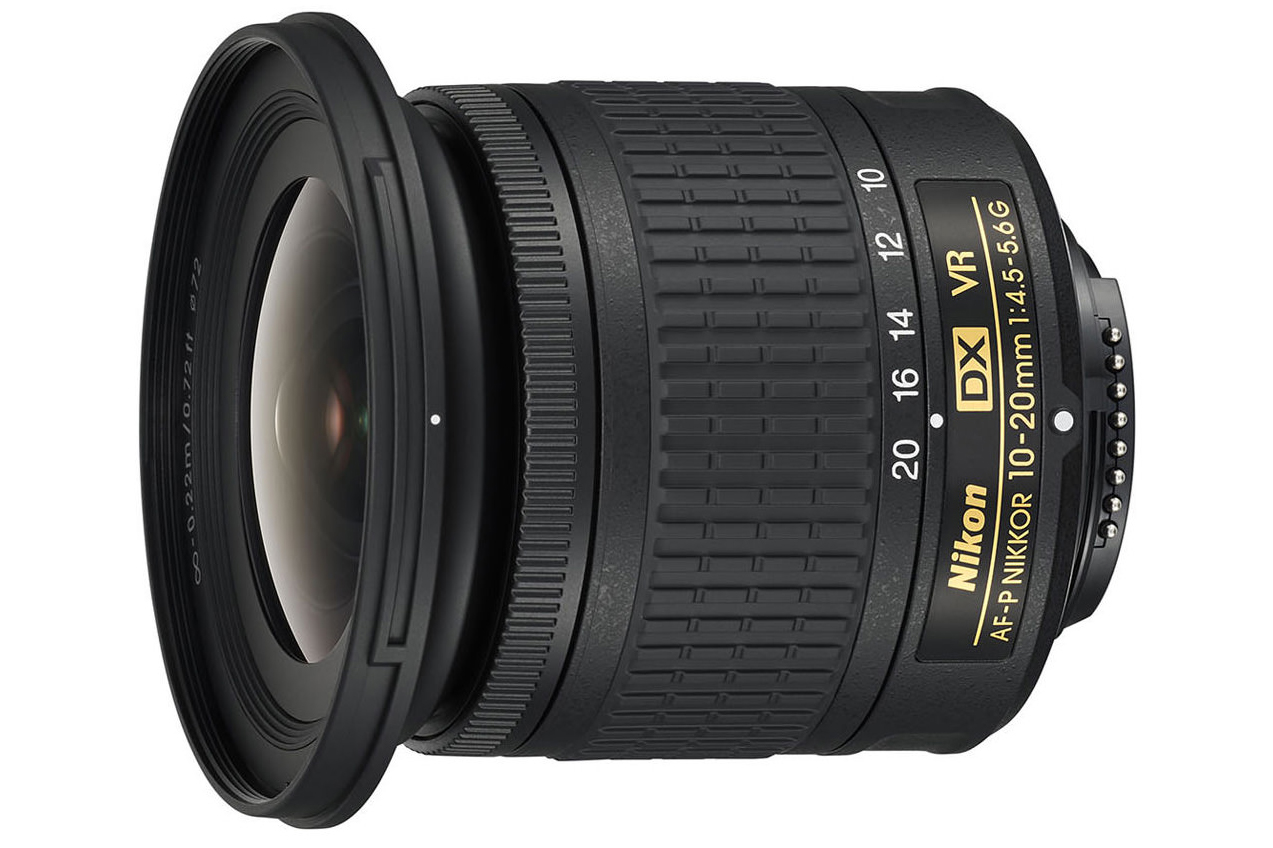
2. Nikon AF-P DX NIKKOR 10-20mm f/4.5-5.6G VR
Some people need telephotos for what they like to shoot, but I need an ultra-wideangle lens more. These are great for architecture, interiors, landscapes and especially for exaggerated, dramatic perspectives. This little Nikkor 10-20mm is cheap, compact, has VR built in and performs a lot better than you would expect at this price. For me, it’s an essential no-brainer buy – I really love this little lens.
Why this? It's a brilliant little wide-angle lens that’s cheaper than it has any right to be.

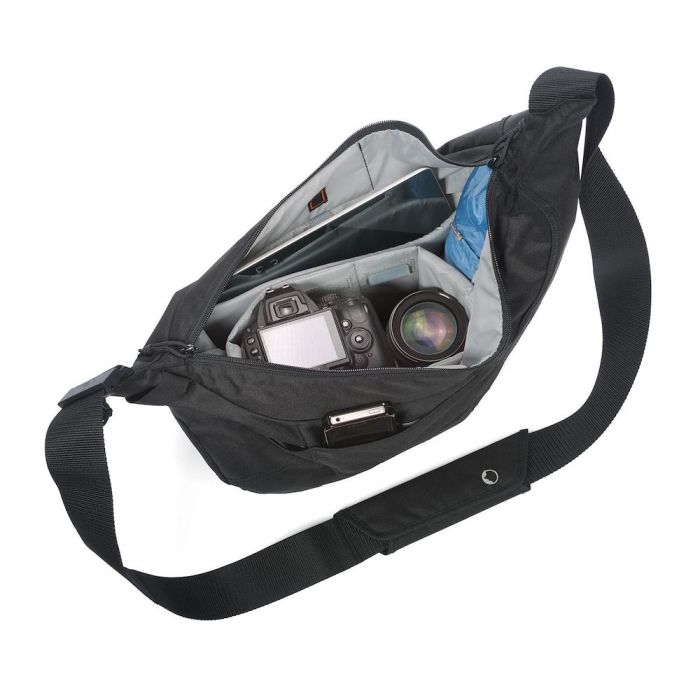
3. Lowepro Passport Sling III
The padding’s not very thick and the capacity is so-so, but for ease of use, versatility and simple pack-and-go convenience, this is the best camera bag I’ve used at this price or anything like it. The internal dividers hold a camera with lens fitted and a second lens, and there’s loads of extra ‘freeform’ space for water bottles, lunch, maps or anything else you need to carry around with you.
Why this? It’s the best grab-and-go bag I’ve ever used.

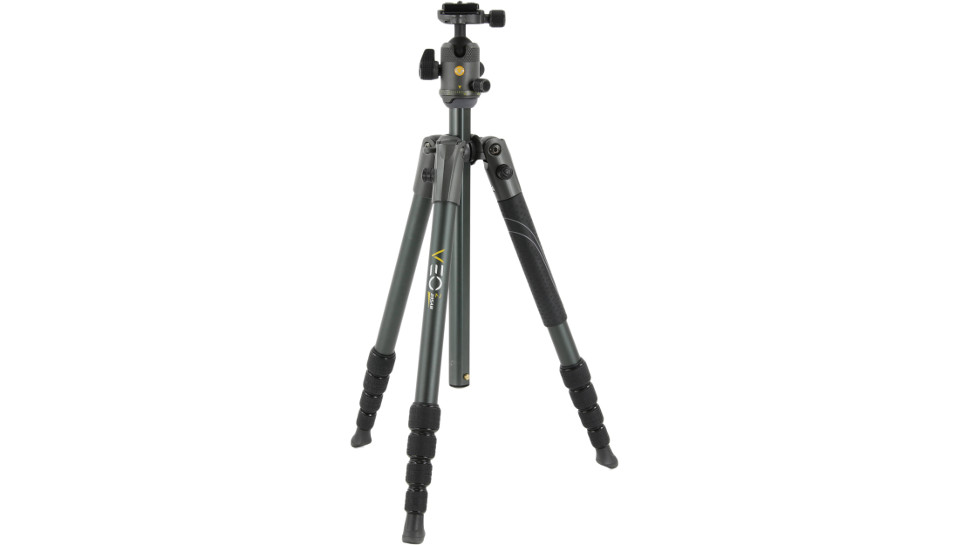
4. Vanguard VEO 2 235AB tripod with BH50 head
You can get cheaper tripods than this one, but none that match the Vanguard for simplicity, neatness, compact size and versatility. It folds down small enough to fit on or in a backpack or suitcase but still offers a reasonable height when full extended – and the ball head uses an Arca Swiss plate, the most widely used type.
Why this? It’s straightforward, versatile, portable, likeable

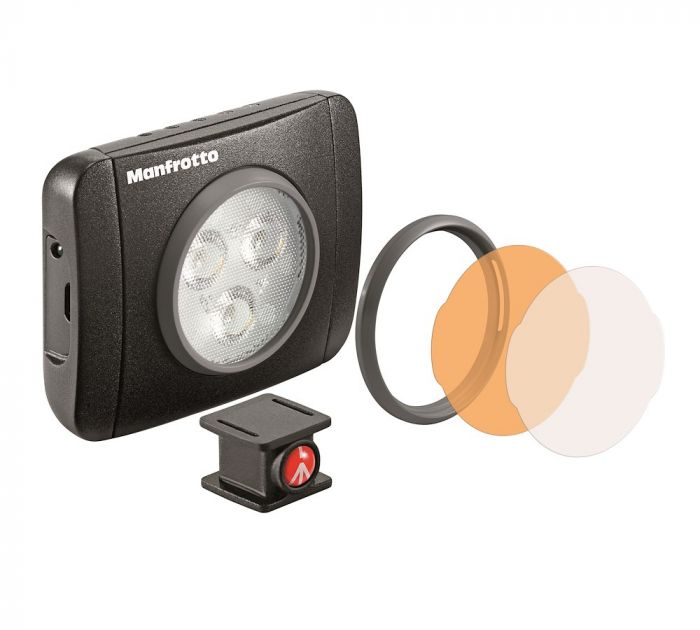
5. Manfrotto Lumimuse 8 LED Light
I’m not a big fan of flash. I like to see the light I’m shooting with and not have wait to see the outcome on the back of a screen. The Lumimuse LED panel has less power than a Speedlight, but you can place it wherever you like, as far away as you like, without the need for sync cables, wireless connections or guide number calculations. It’s great for still lives, light painting, even portraits, and the lithium-ion battery keeps its charge a long time, both in use and in storage.
Why this? The Lumimuse offers predictable, versatile, portable lighting.

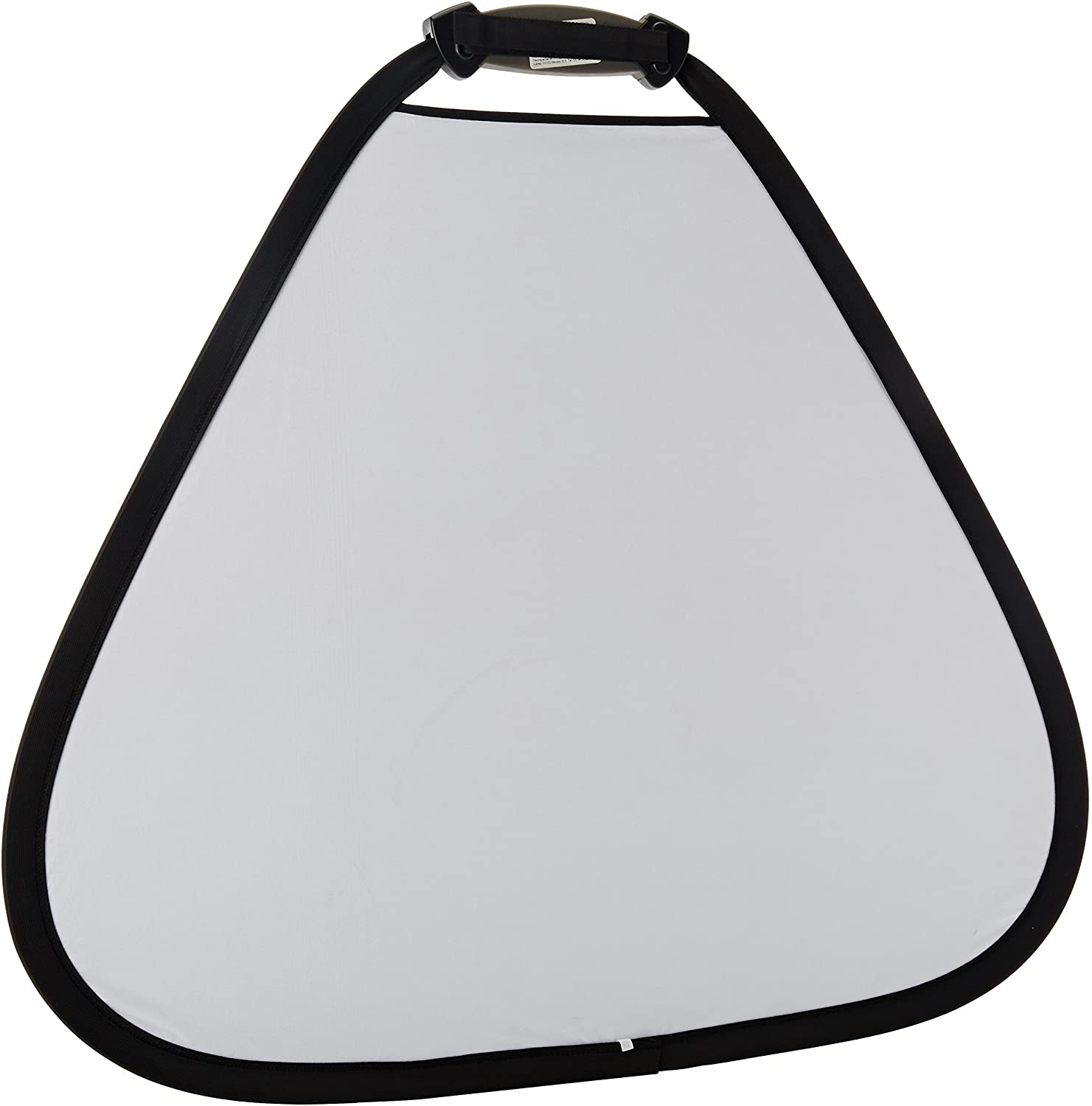
6. Lastolite TriGrip Reflector
I find reflectors really useful, especially for indoor shots with window light or a single light source, and for portraits and product shots too. The circular sort are cheaper, but this Lastolite Tri-Grip is far easier to hold one-handed, and the triangular shape means it props up more easily against a wall or a door for hands-free use.
Why this? It's a lighting accessory that uses no batteries and last for years.

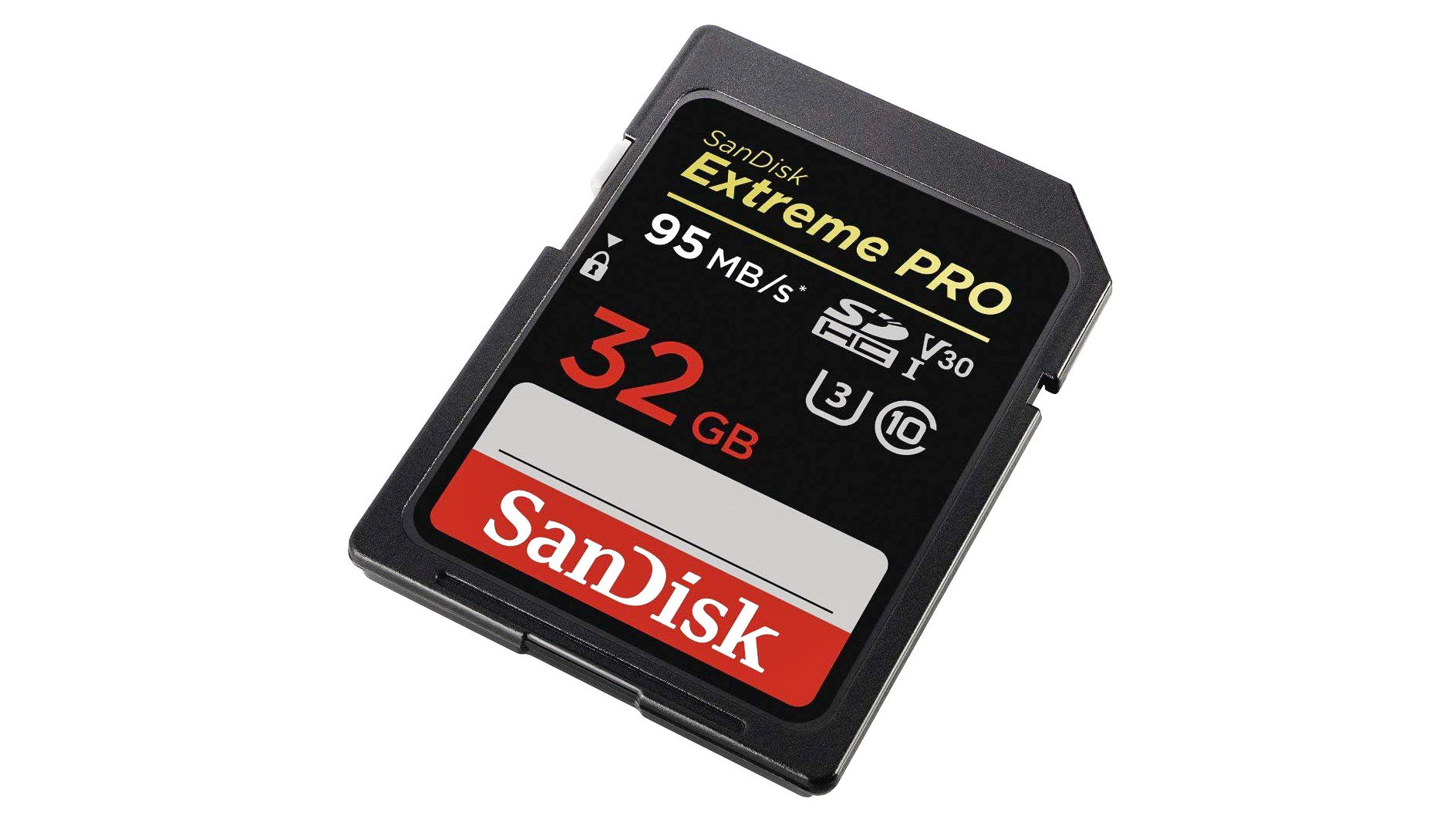
7. SanDisk 32GB Extreme PRO SDHC UHS-I Memory Card
If you’re using a relatively basic camera, you don’t need to go mad with memory cards – especially if you’re not shooting video or, in the case of the Nikon D3500, it’s only full HD rather than 4K. This 32GB SanDisk card has plenty of capacity, a decent 95Mbps transfer speed, the reassurance of a well-known brand and a low purchase cost. Perfect.
Why this? It's a good brand with plenty of capacity at a good price.

But what would YOU buy?
That’s it. I’ve used up my theoretical $1,000/£1,000 budget. If you’re more interested in portraits, sport or wildlife, you could swap out the ultra-wide Nikkor 10-20mm in that list for a budget telephoto zoom, but otherwise I think this is really decent starter kit for not a whole lot of money. If I had just $1,000/£1,000 to spend, I think I’d be very happy with this.
Get the Digital Camera World Newsletter
The best camera deals, reviews, product advice, and unmissable photography news, direct to your inbox!

Rod is an independent photography journalist and editor, and a long-standing Digital Camera World contributor, having previously worked as DCW's Group Reviews editor. Before that he has been technique editor on N-Photo, Head of Testing for the photography division and Camera Channel editor on TechRadar, as well as contributing to many other publications. He has been writing about photography technique, photo editing and digital cameras since they first appeared, and before that began his career writing about film photography. He has used and reviewed practically every interchangeable lens camera launched in the past 20 years, from entry-level DSLRs to medium format cameras, together with lenses, tripods, gimbals, light meters, camera bags and more. Rod has his own camera gear blog at fotovolo.com but also writes about photo-editing applications and techniques at lifeafterphotoshop.com
